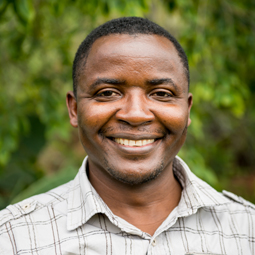Pinning down the period for increased risk of fire in the African savannas

Devastating wildfires are known to cause irreparable damage the world over. Studies conducted by CSIR earth observation experts revealed that determining the end of the growing season is important to be able to assess the risk of fire spread in the African savannas.
Devastating wildfires are known to cause irreparable damage the world over. Studies conducted by CSIR earth observation experts revealed that determining the end of the growing season is important to be able to assess the risk of fire spread in the African savannas.
The ability to manage the African savanna has become increasingly important in the advent of climate change. CSIR principal researcher, Dr Moses Cho reveals that rainfall is the predominant factor that points to the beginning of the growing season in areas dominated by grasses, whereas tree cover is the predominant factor that points to the end of the growing season. In fact, the length of the growing season increases with increasing tree cover. “And determining when the growing season ends,” he says, “could be important in assessing the risk of fire spread”.
The African savannas are characterised as biodiversity rich, with a mixture of grasses and trees serving as a habitat for millions of people and wildlife. “The annual cycle of greening and deterioration plays an important part in the functioning of the biosphere, including carbon and water cycles, wildlife migration and the spread of fire,” he explains. The African savannas provide numerous ecosystem services that are of high social and economic importance, such as wildlife tourism, grazing land for livestock and food provision.
The periods marking the start and the end of the growing season, as well as the length thereof, determine the availability of these ecosystem services. He says that “an understanding of the relative contribution of grasses and trees to this period would enhance our ability to manage the savannas to the benefit of people and wildlife”.
This study forms part of the global consortium, Ecopotential. Ecopotential is funded by the European Union and has 47 international collaborators. The Ecopotential partners are tasked with delivering earth observation products that will contribute to understanding and monitoring changes to ecosystems while supporting the effective management of protected areas.


